If you’ve ever heard of “brain orgasms,” it’s likely you’ve gone on a late-night YouTube binge after asking Google why your head gets tingly sometimes. The sensation, formally referred to as autonomous sensory meridian response or ASMR, is practiced by millions of “ASMRtists” who have devoted entire video channels to the phenomenon and its common triggers, which can be auditory, visible, or tactile.
Triggering someone else’s ASMR, whether by whispering, hair brushing, or turning pages, has been likened to foreplay, which shouldn’t be a surprise given the overt flirtatiousness of many ASMRtists. But experts and practitioners agree that for most people, ASMR isn’t a sexual response at all. Dr. Kat Van Kirk, certified sex therapist and resident relationship expert at Adam and Eve, defines it as “a euphoric experience that many say feels like a tingling sensation through the body. It often starts on the scalp and moves down the neck and upper spine.”
But if it’s not related to sex, what exactly is this warm, fuzzy feeling?
Since the first peer-reviewed study about ASMR was published in 2014, there is increasing support that the relaxing vibes may be due to the release of endorphins, oxytocin, and serotonin—similar to what happens in the body during orgasms, yes, but also to a baby being soothed by his or her mother. Conducted by Swansea University, the study’s findings were drawn from a poll of 475 people in various online ASMR groups, finding a significant correlation between watching and listening to ASMR stimuli and an improvement in mood, anxiety, and even pain.
“I learned about ASMR because people were mentioning it in the comments of our instructional massage videos,” says Corrina Rachel, a certified holistic health coach and ASMR practitioner. Her YouTube channels boast 2 million subscribers, including more than 270,000 ASMR devotees, with tingle-producing clips that have collectively drawn more than 82 million views.
[quote position="left" is_quote="true"]I think that people are looking for new sensations to experience intimately.[/quote]
“Between the vocal control I had learned as a singer and my obsession with creating a calming ambiance, I felt like I had always been an ASMRtist and just didn't know it yet,” Rachel says. Everyone is triggered by different things, so virtually anything could be a trigger. I personally love the sound of wooden bowls, perhaps because it's an earthly sound. I find it very grounding.” Rachel’s most popular video, with more than 3 million views, features her whispering into a microphone while massaging a blonde woman’s scalp and brushing her hair.
For those looking to experience the phenomenon for themselves, Dr. Craig Richard, an ASMR researcher, biopharmaceutical sciences professor, and ASMR University founder, suggests exposing yourself to a wide variety of content. “Finding specific triggers is like finding your favorite foods at a buffet,” he says, “You should sample widely to find those stimuli that best suit you.”
Opportunities to discover your triggers are much easier now that the ASMR community has moved far beyond its humble 2008 origins in online discussion groups, permeating a seemingly boundless variety of media and creative art platforms, from ASMR-inspired dances and commercials to whispered news reports.
According to Richard, becoming a successful ASMRtist is now a very competitive prospect, requiring a mix of natural talent and dedication. The artists who are the most genuine and consistent will continue to amass followers. “I strongly believe that ASMR videos are not a trend, but the discovery of a new media form which will continue to be prevalent because it taps into a human need to be soothed and relaxed,” he says.
[quote position="full" is_quote="true"]ASMR videos are not a trend, but the discovery of a new media form which will continue to be prevalent because it taps into a human need to be soothed.[/quote]
Van Kirk envisions ASMR being introduced in therapeutic applications—psychologically, medically, and in virtual reality. “I think that people are looking for new sensations to experience intimately and that any experience that promotes well-being and a calm nervous system without the use of pharmaceuticals is worthwhile. Especially now, when we’re looking at individuals in a more holistic manner,” she says.
Although more research needs to be done, Van Kirk says the physiological and psychological response is likely an evolutionary product of the nurturing and bonding tendencies mammals developed by caring for one another. This could explain why the vast majority of ASMRtists are female. “It's not an all-women thing,” Rachel says, “but men tend to not talk as softly as women. I also think about the nurturing, motherly aspect that women are more inclined toward.”
[quote position="right" is_quote="true"]It's not an all-women thing, but men tend to not talk as softly as women. [/quote]
Dr. Richard credits YouTube ASMRtists with contributing greatly to the initial understanding of ASMR. The sheer vastness, demographic diversity, and global representation of their followers has provided strong support that ASMR is a relatively common biological response rather than a cultural phenomenon. “I believe these video artists have helped to create the initial understanding about ASMR, which is being confirmed by scientific investigation,” he says.
If nothing else, ASMR is the likely result of the placebo effect, which has real physiological effects. For Rachel, ASMR is not so much about science as it is about being in the moment. “We live stressful lives these days, and most of us know that feeling of lying in bed at night unable to stop all the frantic thoughts and worries,” she says. “Auditory and visual triggers move our attention from those worried thoughts and put us in the moment, intensely focused on the tiny details that we usually don't notice, such as the sound emitted when tapping on different objects or scratching different fabrics.”
Psychologists and other experts have committed to learning more about what triggers these reactions and, thanks to their work, we could be close to getting some answers. Since that first 2014 study, a second report was published in 2016, followed by nearly 10 other global ASMR research projects currently in progress recently completed. And Richard, along with his team, has launched an ongoing ASMR research survey, so far attracting more than 19,000 participants from over 100 countries.
[quote position="left" is_quote="true"]Watching an ASMR video in the middle of the day in a brightly lit office is like trying to enjoy cake while someone is yelling at you.[/quote]
But you don’t have to wait for concrete results to start your own ASMR experiment. If you’re anxious to know what triggers your “brain orgasms,” Adam and Eve has developed a quiz that can detect your sensitivity to certain sounds, sights, and movements.
But don’t be disappointed if you fall short. Not everyone has triggers, and your surroundings play a vital role. “Watching an ASMR video in the middle of the day in a brightly lit office may be like trying to enjoy a piece of cake while someone is yelling at you,” says Richard. “ASMR content is best experienced in a quiet and dimly lit place where the person can relax their body and mind to focus on the content.”
So, once you’ve found a quiet place and time to start experimenting ASMR, keep an open mind. Perhaps you’ll find yourself soothed by Corrina Rachel’s ear massage with intense wet mouth sounds or soft-spoken personal attention with gentle whispers. Or maybe the combination of relaxing sounds with adult coloring books will do the trick.
And as they say, if at first you don’t succeed, try Bob Ross. The painter’s hushed voice and methodical brush strokes are top ASMR triggers. And even if he doesn’t make you feel tingly, nothing could go wrong with a half hour or two of Bob at the canvas—right?















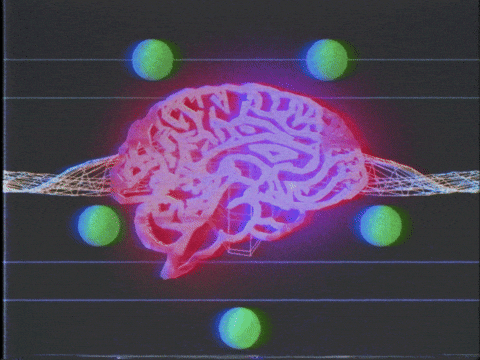 Big Brain GIF by Jay Sprogell
Big Brain GIF by Jay Sprogell
 Shake It Off Wet Dog GIF by BuzzFeed
Shake It Off Wet Dog GIF by BuzzFeed
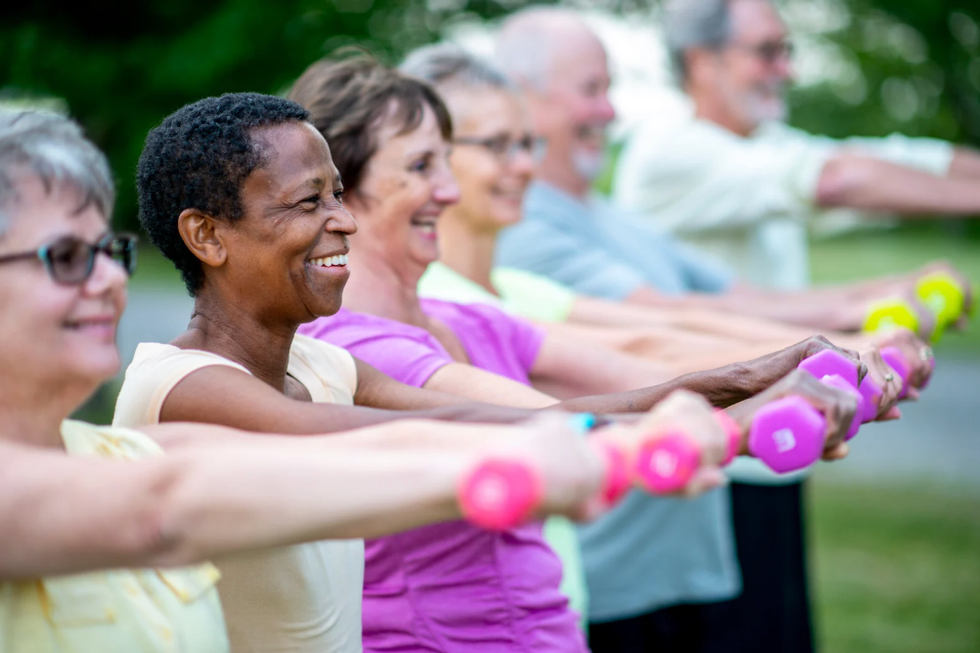 Working out with friends also makes exercise more enjoyable (and feel quicker).Photo credit: Canva
Working out with friends also makes exercise more enjoyable (and feel quicker).Photo credit: Canva
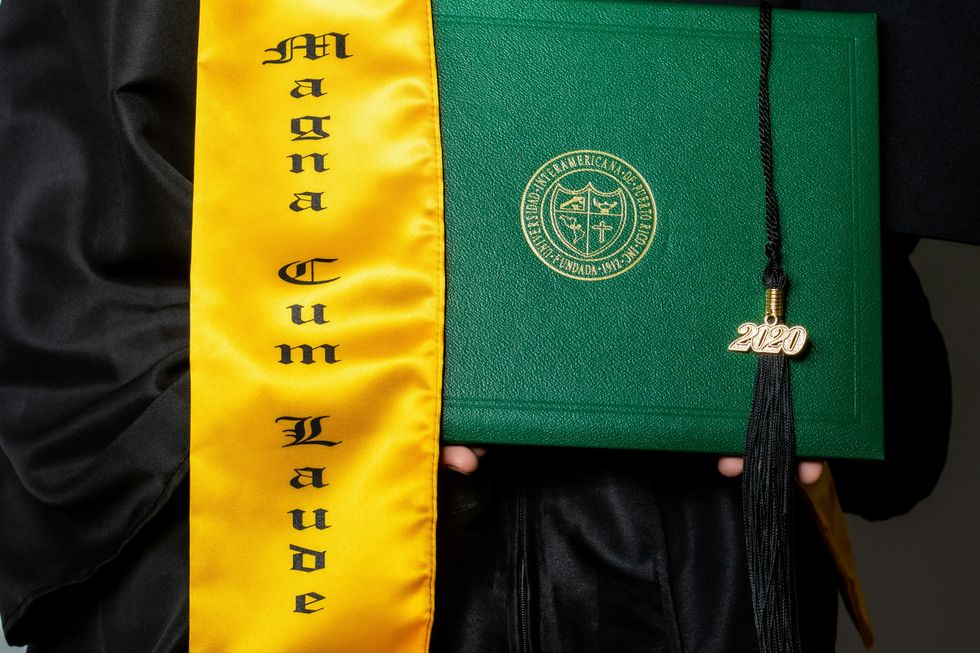 People with Imposter Syndrome can't accept their achievements.
Photo by
People with Imposter Syndrome can't accept their achievements.
Photo by 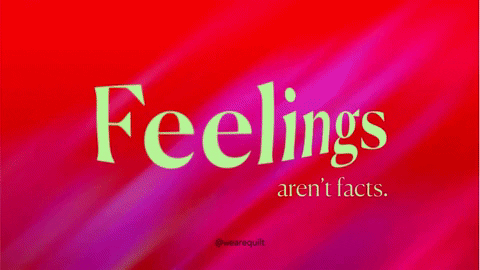 Emotion Feeling GIF by Quilt
Emotion Feeling GIF by Quilt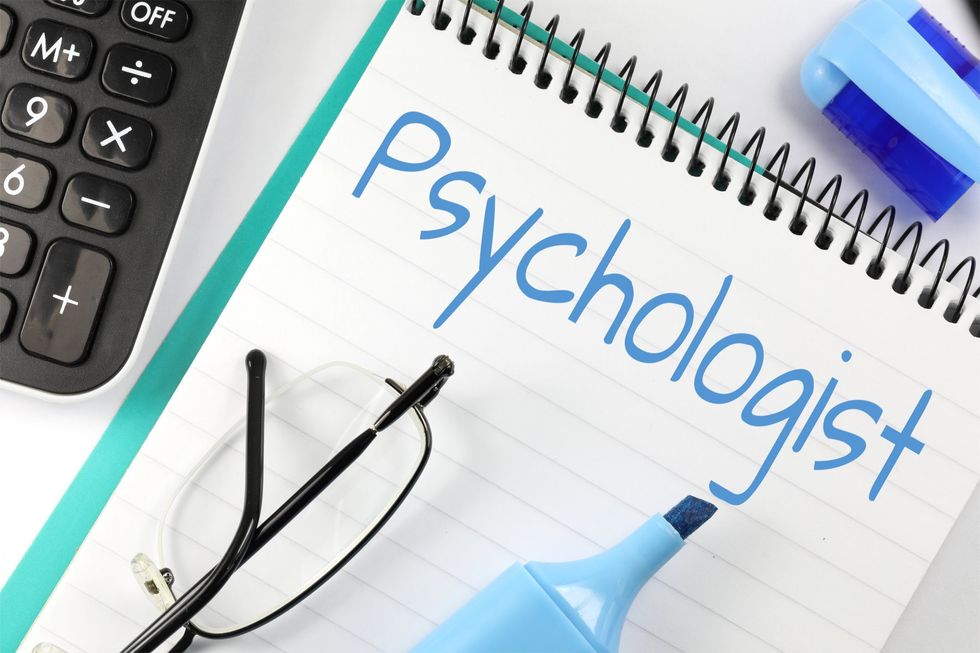 Psychologist - Free of Charge Creative Commons Notepad 1 image
Psychologist - Free of Charge Creative Commons Notepad 1 image
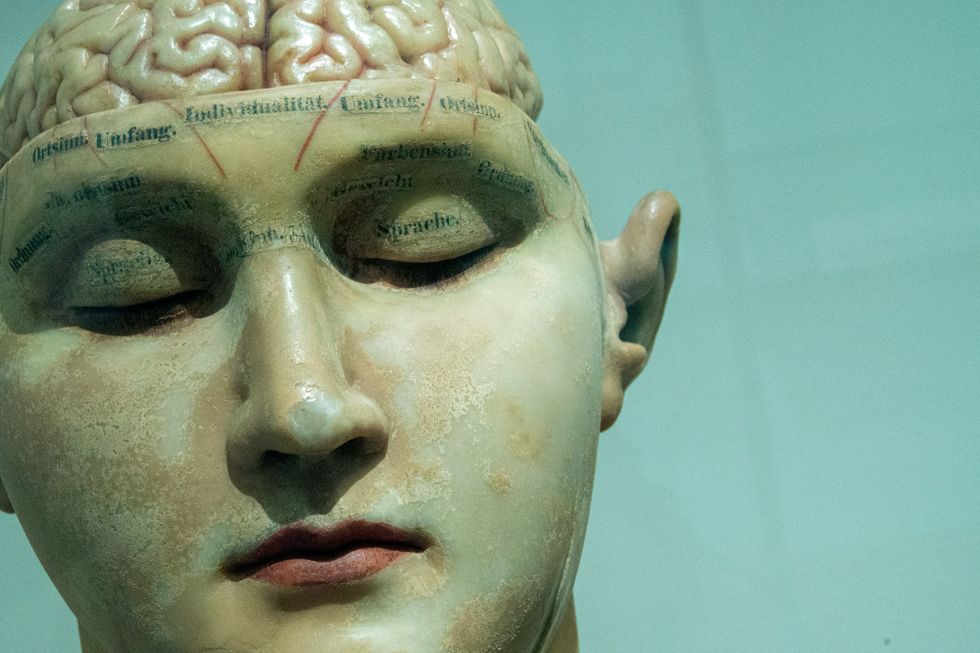 Human anatomy model.
Photo by
Human anatomy model.
Photo by 
 Socks warm your feet, but cool your core body temperature.Photo credit: Canva
Socks warm your feet, but cool your core body temperature.Photo credit: Canva
 A new t-shirt could open up more hospital beds for patients.Photo credit: Canva
A new t-shirt could open up more hospital beds for patients.Photo credit: Canva Wearable solutions could be revolutionary.Photo credit: Canva
Wearable solutions could be revolutionary.Photo credit: Canva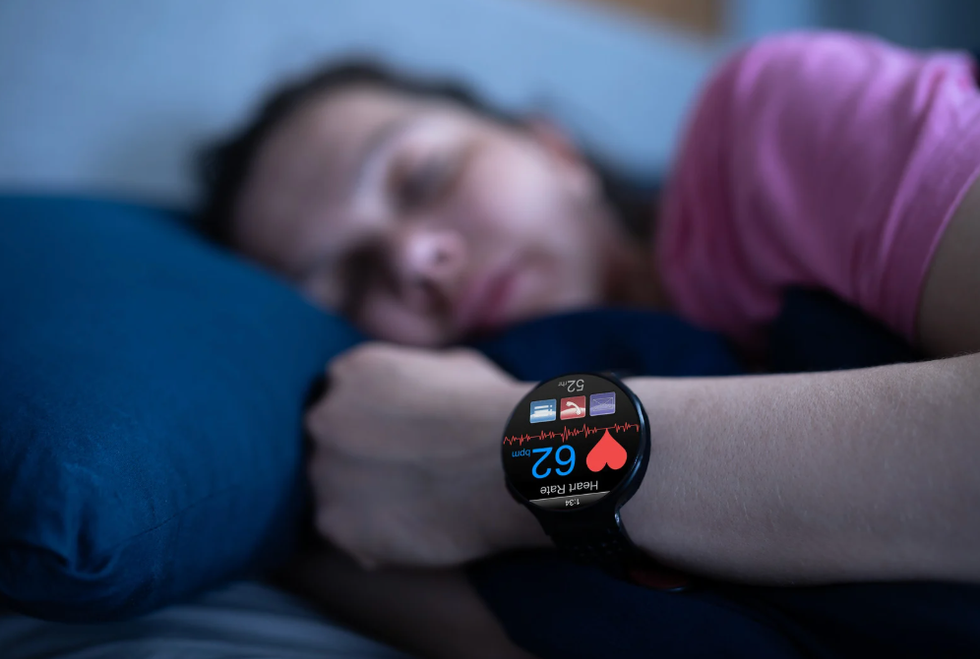 Many wearable tech devices could help you monitor your health.Photo credit: Canva
Many wearable tech devices could help you monitor your health.Photo credit: Canva